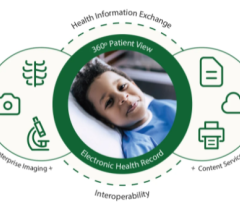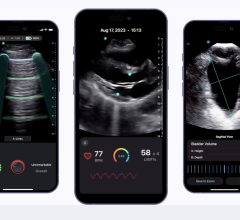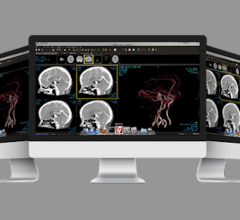March 19, 2008 - Doctors may one day be able to detect early stages of colon cancer without a biopsy, using a new technique developed by researchers at the Stanford University School of Medicine.
This imaging technology is one of many new ways of detecting cancers in the body in real-time, said Christopher Contag, PhD, associate professor of pediatrics and of microbiology and of immunology, who led the study. Contag said he hoped it might be one of the first to be used routinely for early detection of cancer.
“Detecting colon cancers is just the first step," said Contag. He predicted similar techniques will eventually be able to find a wide range of cancers, monitor cancer treatment, and deliver chemotherapies directly to cancerous cells in the colon, stomach, mouth and skin.
The trick to picking up cancer without a biopsy is to find a way of seeing which cells are cancerous while they are still in the body. That’s what Contag and his group succeeded in doing, said Contag.
The group found a short protein that sticks to colon cells in the early stages of cancer. Before screening a person, they spray that short protein attached to a fluorescent beacon into the colon. The protein then gloms on to any cancerous cells and creates an easily visible fluorescent patch. They then used a miniaturized microscope called Cellvizio GI, developed by Pennsylvania-based Mauna Kea Technologies and loaned to Contag, to peer inside the colon and look for those telltale spots.
Not only did the researchers see fluorescent patches, they could make out the individual cancerous cells. That fine resolution could allow doctors to pick up the earliest possible cancers. Contag said it could also become a useful research tool for studying the small number of cancer stem cells that are thought to establish the eventual tumor.
In the initial trial with 15 patients, the technique detected 82 percent of the polyps that were considered cancerous by a pathologist. Contag said the next step is to work with some of the additional small proteins they've found that also attach to cancerous cells. He thinks that a combination of those proteins will make the technique highly accurate.
Once the screen is ready for widespread use, Contag said it could bring accurate cancer detection to people in remote locations who otherwise don't have access to pathology labs. "A doctor could send a video in real time via the Internet to someone trained to analyze the living cell images," Contag said. This could help people begin the appropriate therapy when the cancer is still at an early stage.
Contag thinks this technique, developed in part through the cancer imaging program at the Stanford Cancer Center, could also be adapted to detect cancers in the mouth, esophagus and stomach. In addition, real-time screening could be used as a way of assessing whether a chemotherapy regimen is working. Contag said that if a tumor responds to a given chemotherapy, changes in the cells might be visible immediately. That response could allow doctors to switch patients to a new, more effective treatment if the first one results in no improvement. Currently people go through several rounds of chemotherapy before the first screen to find out if the treatment is working, a delay that prevents people from moving on to an effective treatment as soon as possible.
For more information: www.mednews.stanford.edu


 June 28, 2024
June 28, 2024 








